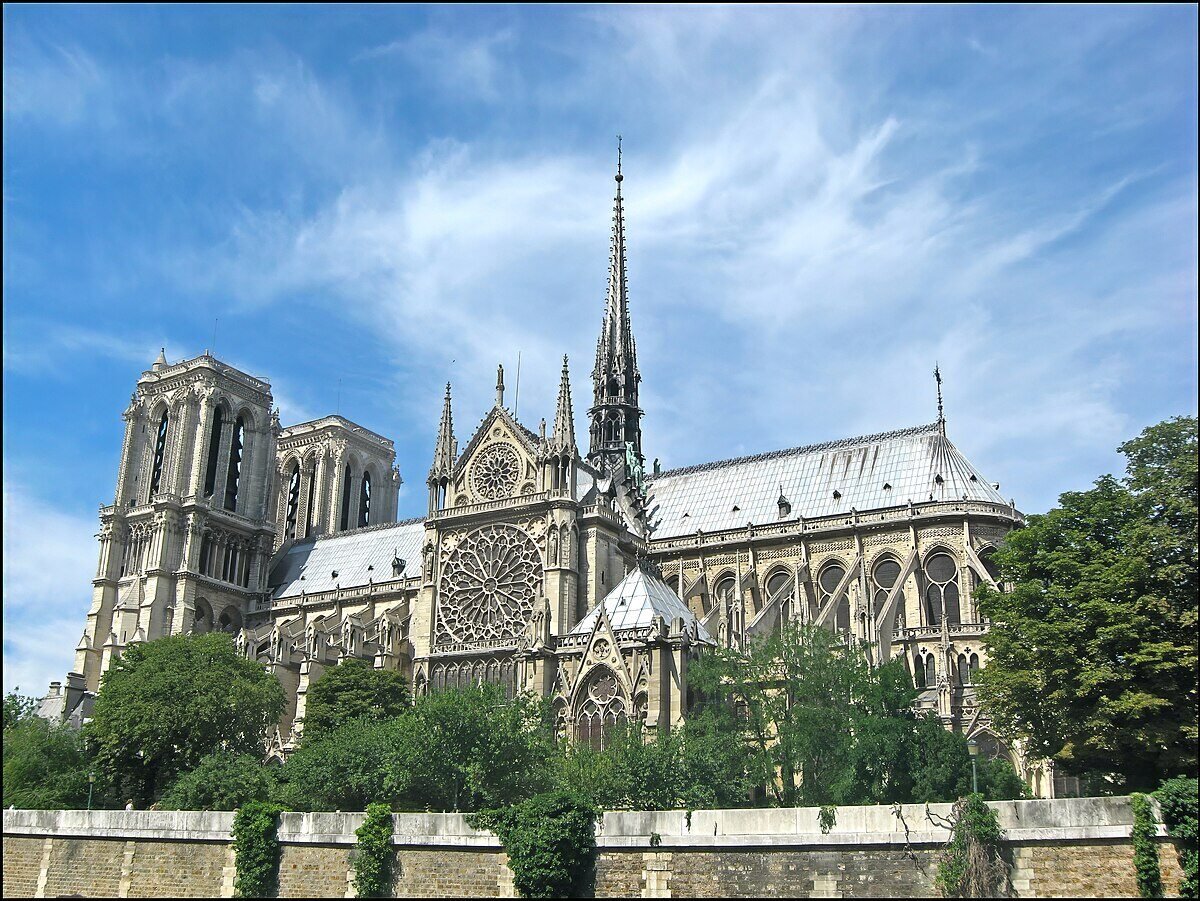The cathedral at Notre Dame has reopened, over five years after it caught fire in April of 2019. In The New York Times interactive piece “A Miracle: Notre-Dame’s Astonishing Rebirth From the Ashes,” architecture critic Michael Kimmelman and graphic artist Mika Gröndahl explore the remarkable work that has gone into Notre-Dame’s restoration. They highlight exquisite details and features of the reconstruction that are truly awesome to behold: the care taken, for example, to select individual oak trees to match and replace each beam of the roof that was lost in the fire.
Login to read more
Sign in or create a free account to access Subscriber-only content.
Topics:
